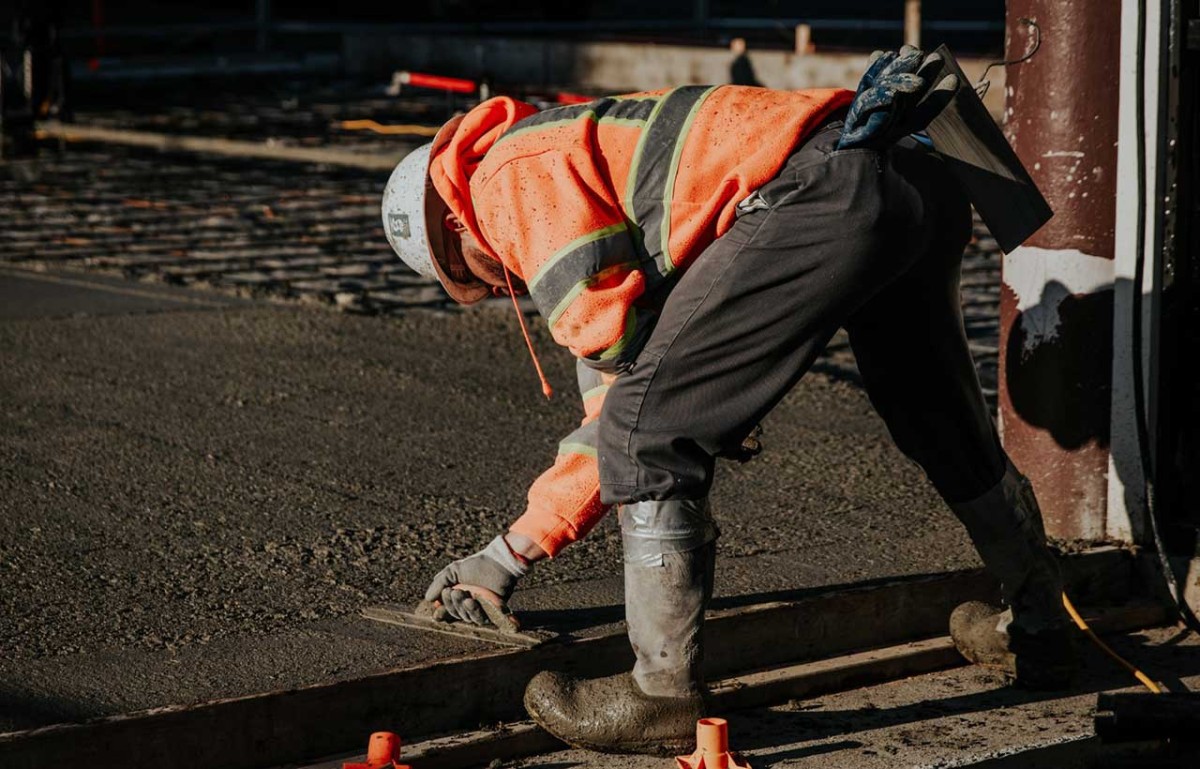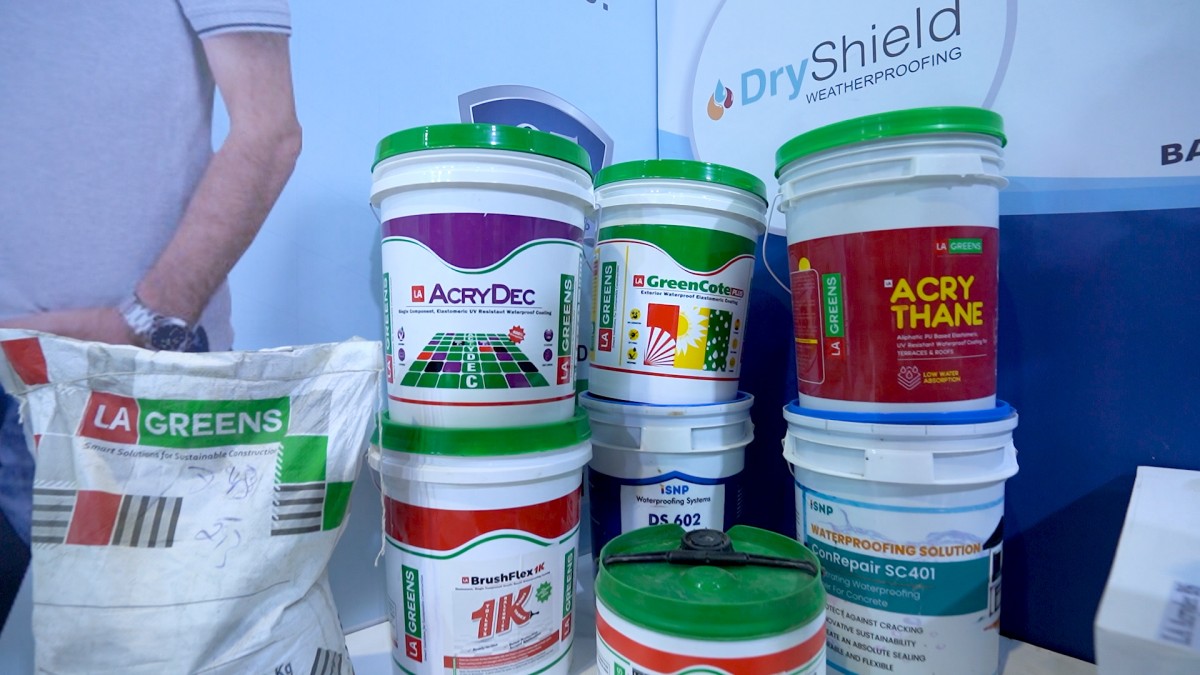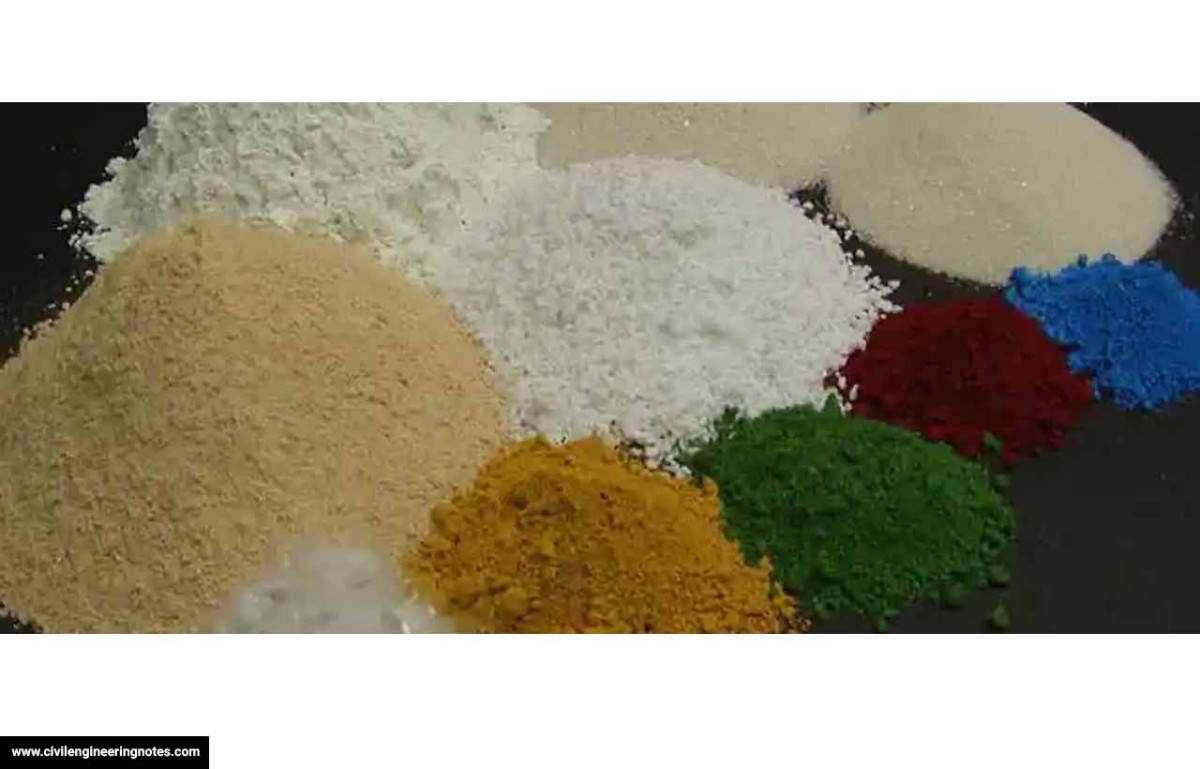All You Need to Know About Self-Healing Concrete
- October 1, 2025
- By: Sanyukta Baijal
- PRODUCTS AND MATERIALS
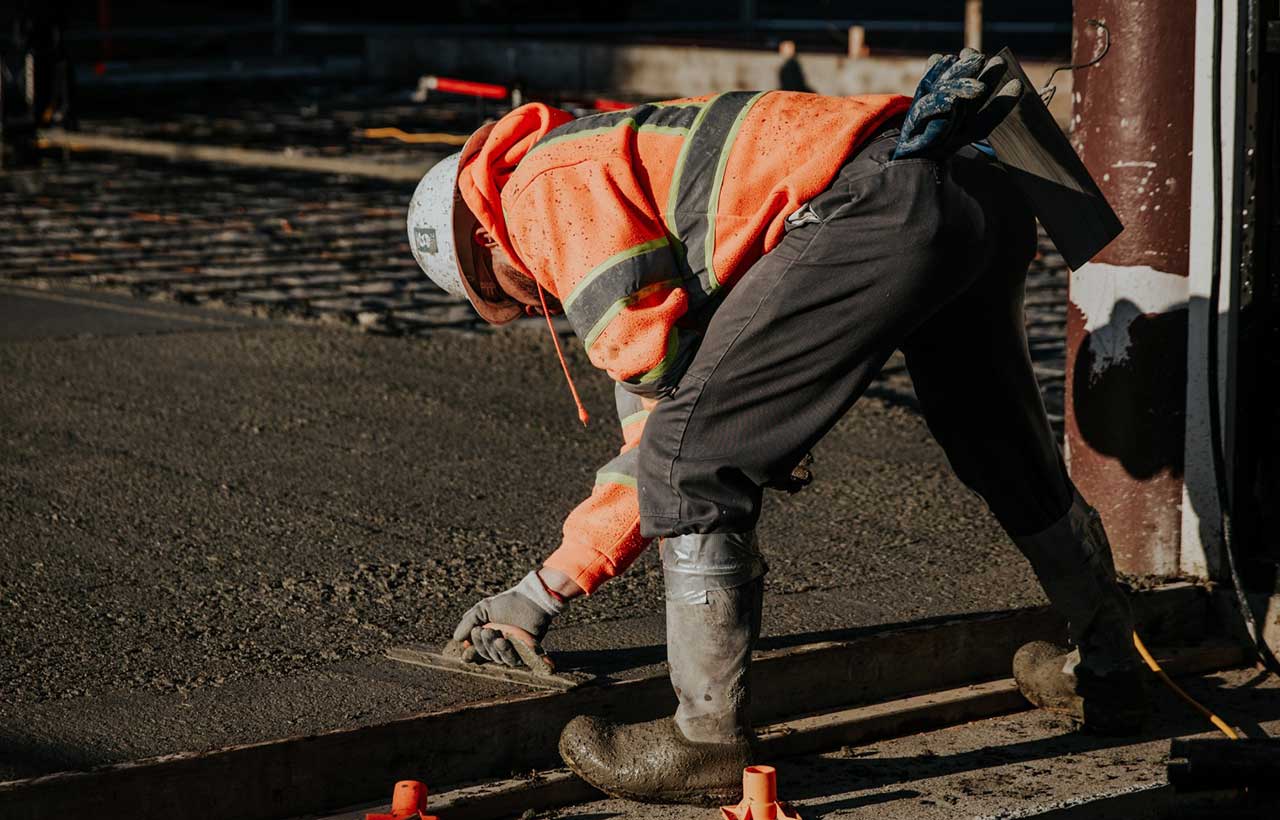
Roads, highways and all the infrastructural development in the world has one silent hero in common which is concrete. It can withstand heavy loads, it is resistant to weather and is easily available. This makes it ideal for buildings, roads and all the important construction projects. Although concrete is indeed one of the most used building materials of all times, it comes with a few drawbacks, cracks.
Concrete has the tendency to have cracks which can snowball into bigger issues like water seepage, steel corrosion, and weakness of load-bearing capacity which can reduce the life of the structure. It also spoils the whole look of the building. And furthermore, the concrete requires constant repairs which are costly and impractical.These disadvantages naturally raise the question: Is there a solution? Can concrete repair itself? While this may have once seemed far-fetched, it is now possible. A breakthrough material has been developed that can heal cracks on its own which is called 'self-healing concrete'.
What is Self-Healing Concrete?
Self-healing smart concrete is an innovative material specially invented to repair the cracks on its own without any efforts by us. It is embedded with healing properties and chemicals such as bacteria, capsules etc. which fill the gaps and cracks of the concrete automatically by getting activated after coming in contact with water or air. This naturally adds more life to the structure without digging a hole in the pocket.
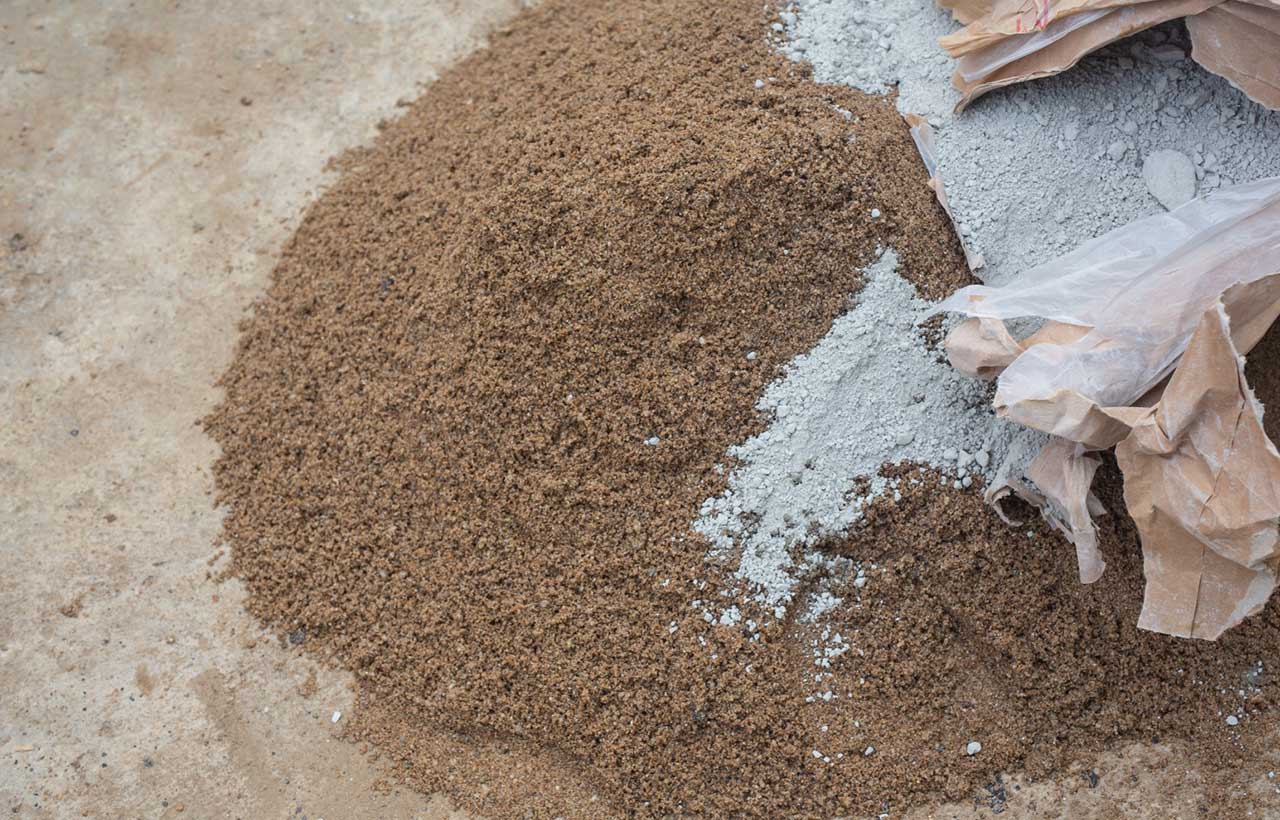
Different Ways Self-Healing Concrete Works
Self-healing concrete fixes cracks on its own, reducing maintenance cost and extending the lifespan of the building. Chemical reactions, microbial action, and smart materials are some of the techniques used behind it that quickly come into action once the damage occurs. There are different ways self-healing concrete functions:
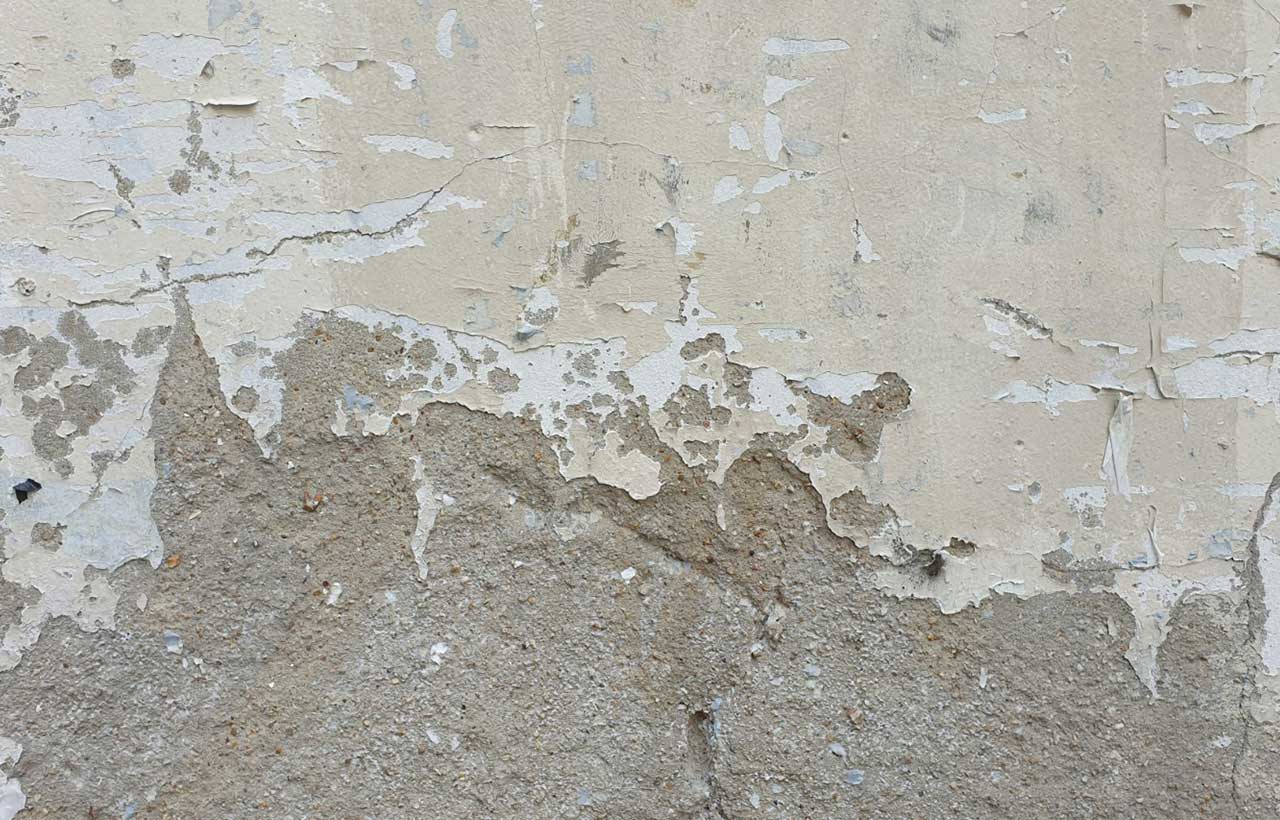
1. Bacterial Healing
This is one of the most interesting ways where self-healing concrete uses special bacteria such as Bacillus subtilis or Bacillus pseudofirmus to repair itself. They are mixed into the concrete along with a nutrient source like calcium lactate where these bacteria remain dormant until cracks appear and water penetrates the structure. Later when they are activated, the bacteria consume the nutrients and produce calcium carbonate (limestone). This entire process reduces cracks and leakage and increases durability.
2. Microcapsule Technology
This method works by using microcapsules which contain healing agents that are directly added into the concrete. Microcapsules contain adhesives, resins, or polymers that remain intact during normal conditions just like Bacillus subtilis. And when a crack occurs it rupture and releases the healing substance into the crack. The material then hardens, effectively bonding the two sides of the crack. This method specialises in repairing big and small cracks.
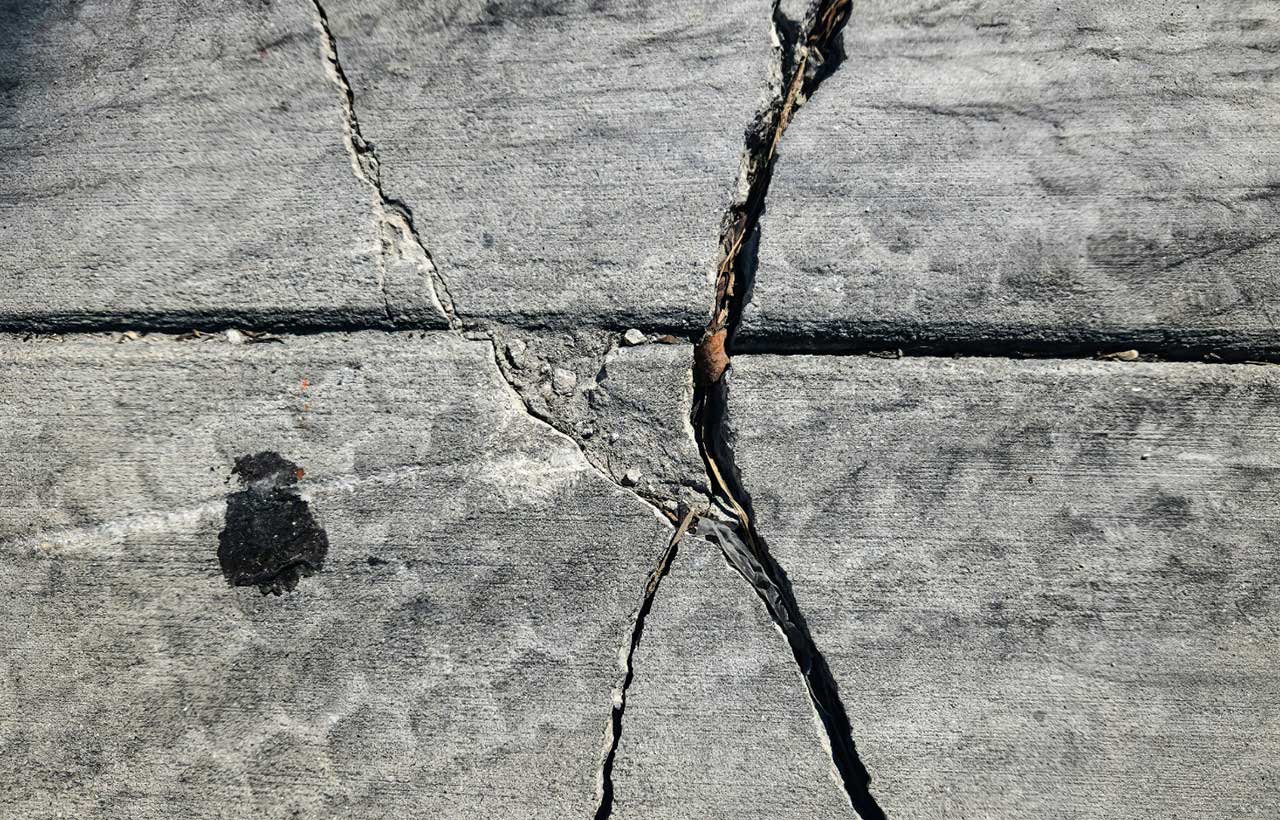
3. Shape-Memory Technology
Shape-memory technology has the tendency to change the shape when crack happens. If external weather conditions change in form of heat, light or moisture, the materials expand and return to their original condition after filling up the cracks. Shape-memory technology is often used in buildings of earthquake prone areas.
4. Autogenous Healing
Autogenous Healing is the term for the limited ability with which concrete can repair itself naturally. However, when it comes to self-healing concrete designs, it is further transformed into more effective technique. Basically, the traditional concrete comprises of unhydrated cement particles. Incase of cracks and water leakage, these particles react with the water and form new calcium-silicate-hydrate (C-S-H) compounds, which partially fill the cracks. Otherwise being a natural process, researchers have enhanced it to achieve more durable and quick results by adding mineral admixtures or crystalline agents.


